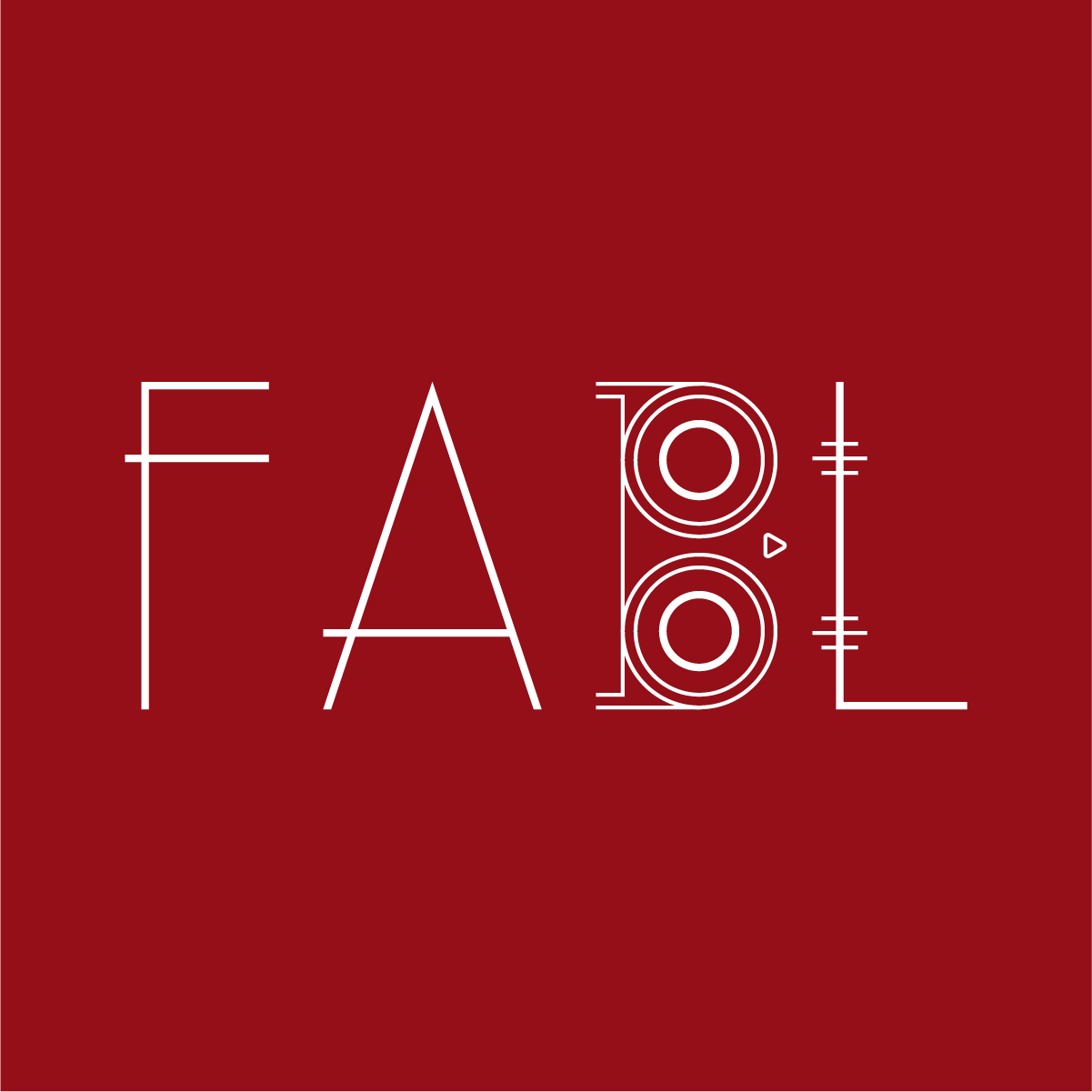Alright – so today we’ve got the honor of introducing you to Ty Tekeli. We think you’ll enjoy our conversation, we’ve shared it below.
Ty, appreciate you joining us today. What was it like going from idea to execution? Can you share some of the backstory and some of the major steps or milestones?
Fabl Design started with a simple idea: residential design could be both creative and well-coordinated. I’d seen too many projects where design and construction didn’t fully connect, so I wanted to build a company that bridged that gap.
I began from my home office, creating drawing templates, refining workflows, and taking on small projects to test the process. The early days were all about figuring things out — contracts, pricing, communication — but each project helped shape a smoother system.
Over time, those small steps turned into momentum. Builders appreciated that our designs were practical and detailed, and homeowners loved that we made the process approachable. That combination became the foundation of Fabl Design — turning an idea into a company built on clarity, creativity, and collaboration.
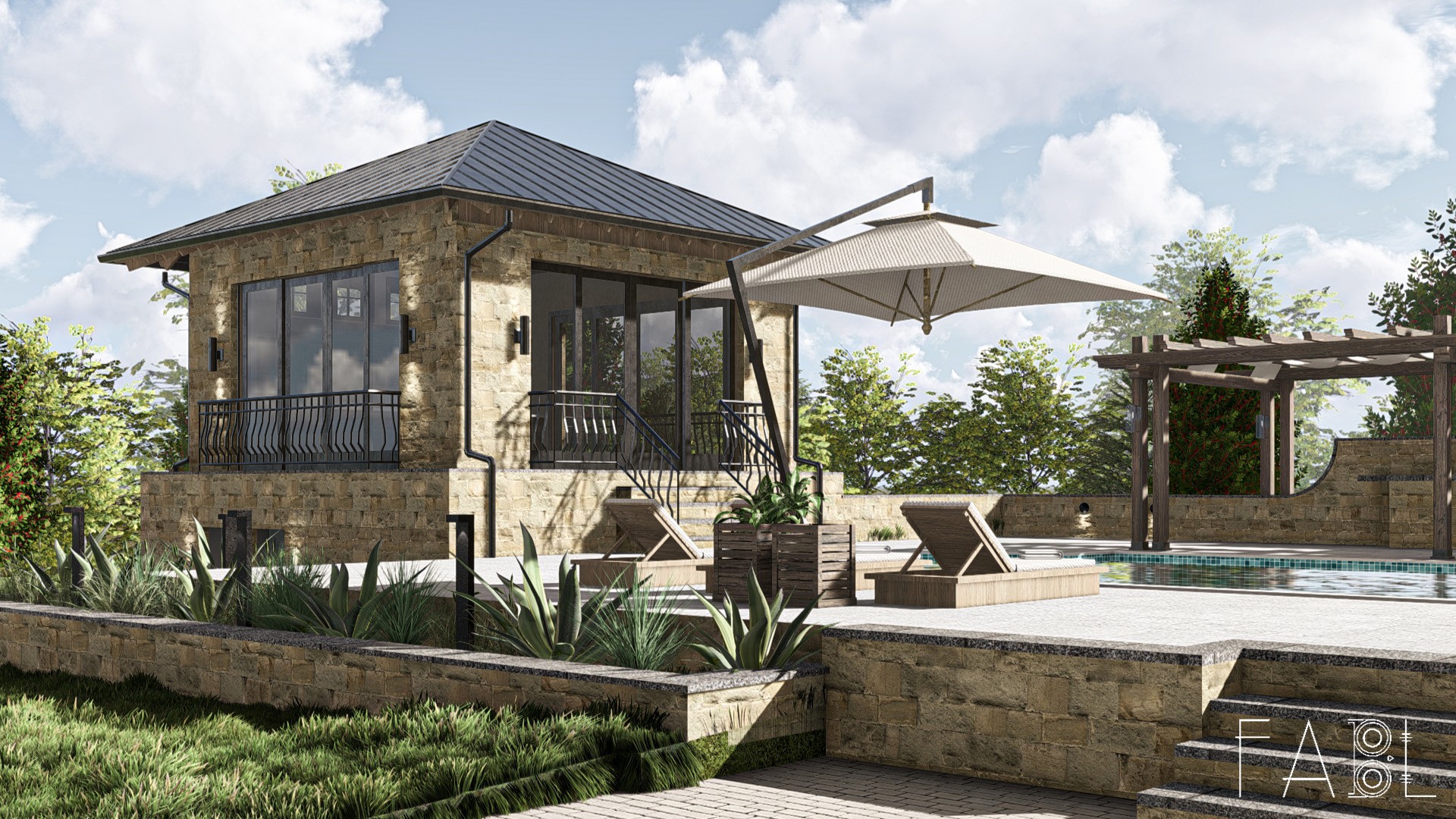
Ty, before we move on to more of these sorts of questions, can you take some time to bring our readers up to speed on you and what you do?
I’m the founder of Fabl Design, a residential design company focused on creating thoughtful, well-coordinated spaces that improve how people live day to day. My background is in architecture and design, and over the years I realized that the most fulfilling part of the work isn’t just about designing beautiful homes — it’s about solving real problems for homeowners and builders, making the design process smoother, and helping great ideas come to life without unnecessary stress.
Fabl Design specializes in home additions, remodels, and outdoor living spaces — things like primary suite additions, sunrooms, porches, and kitchens that transform how families use their homes. What sets us apart is the way we combine design expertise with a builder’s mindset. We care just as much about how a design gets built as we do about how it looks. That’s why builders enjoy working with us — our drawings are clear, our coordination is thorough, and we think through the details early on to avoid surprises in the field.
Our clients often come to us because they’ve outgrown their space or want to fall in love with their home again, but they don’t know where to start. We help them visualize possibilities, navigate permitting, and connect design decisions with real-world construction realities. The result isn’t just a set of plans — it’s a roadmap that gives everyone confidence moving forward.
I’m most proud of the culture and community that’s formed around Fabl Design. We’ve been recognized for community projects like the Africatown Design Competition and the Community Kitchen at Mill Ridge Park, and we’re continuing to grow relationships with builders and homeowners who share our appreciation for design done right.
If there’s one thing I’d want people to know about Fabl Design, it’s that we genuinely care — about the craft, the collaboration, and the experience. Every project, big or small, gets the same level of attention and creativity. We see design as a partnership, and our goal is to make every home addition or remodel feel seamless, functional, and uniquely personal to the people who live there.
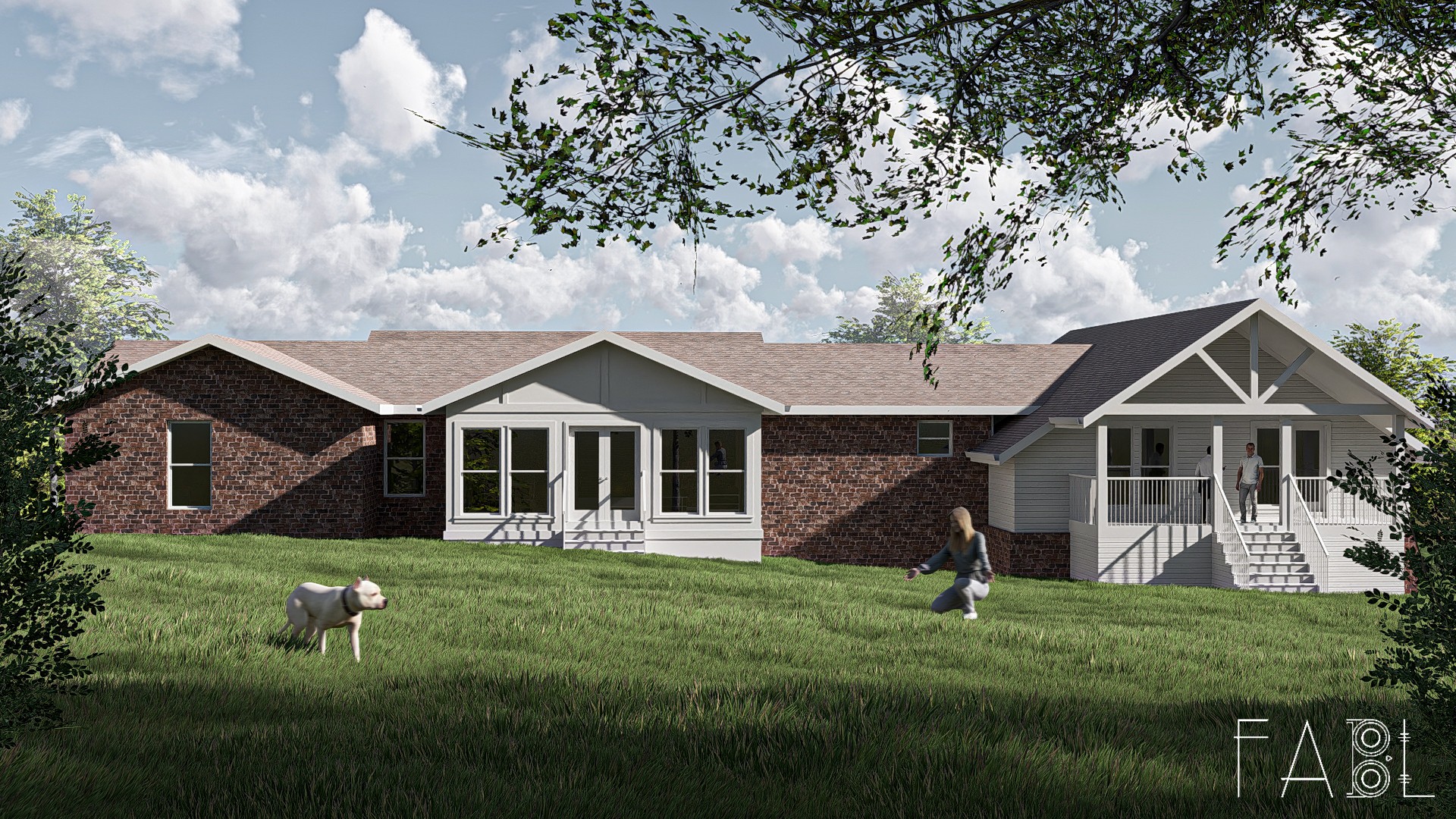
Are there any resources you wish you knew about earlier in your creative journey?
Absolutely. Looking back, I wish I had known earlier about the value of systems and automation tools for managing creative work. When you first start in design, you’re so focused on the craft — the drawings, the details, the aesthetics — that you don’t realize how much time can be saved by organizing your workflow. Tools that connect scheduling, client communication, and file management can make a huge difference.
I also wish I’d discovered the power of community sooner — connecting with other designers, builders, and small business owners. Creative work can be isolating if you let it be, but once you start having real conversations about challenges and lessons learned, you realize how much collective knowledge is out there.
And finally, I’ve come to really value business and leadership resources — books, podcasts, and even short online courses that focus on running a creative business, not just doing the creative work. It’s one thing to be good at design; it’s another to build a structure where creativity and business can thrive together. Learning that balance has been one of the most rewarding parts of my journey with Fabl Design.
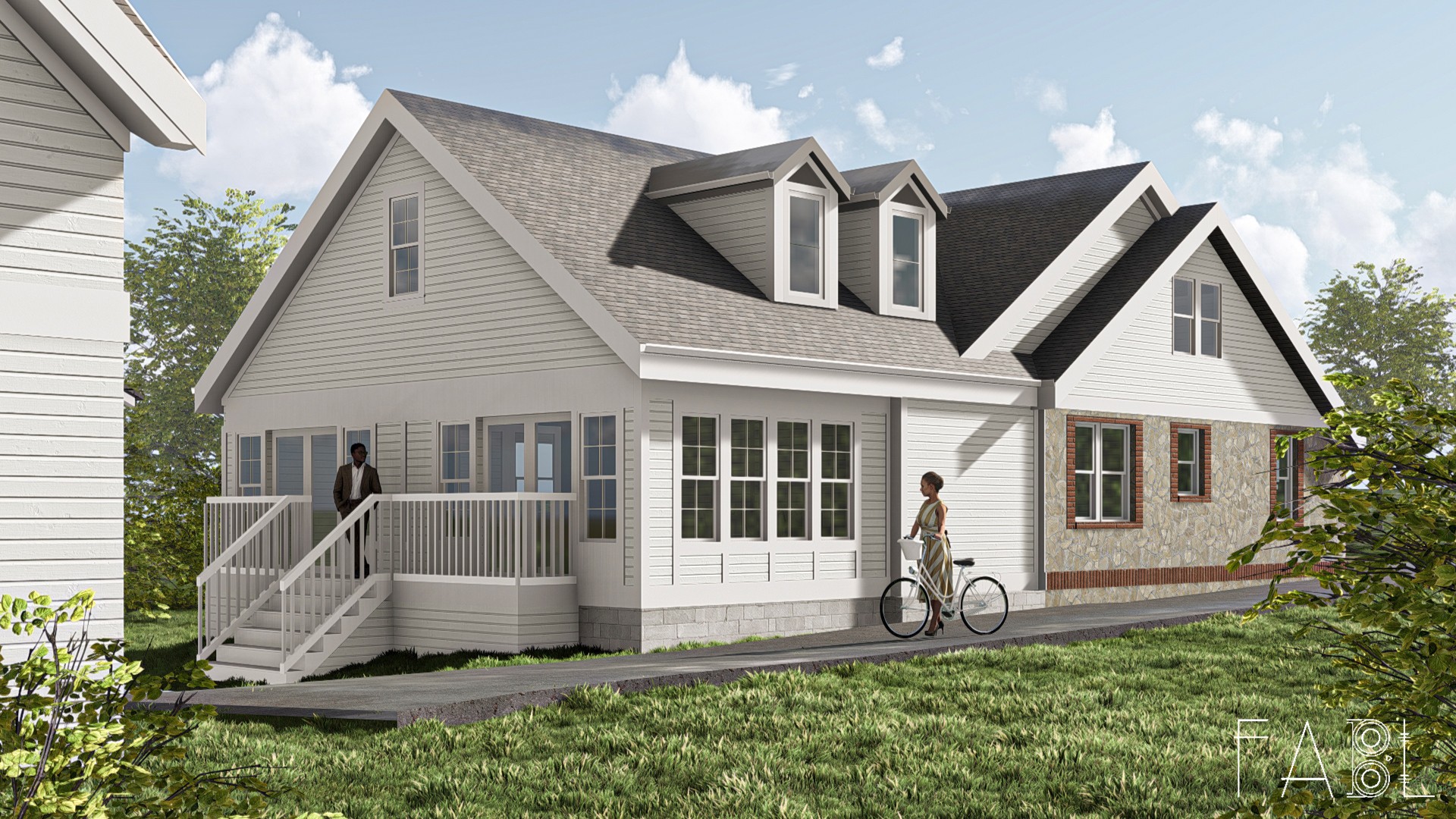
Can you tell us about a time you’ve had to pivot?
A few years into running Fabl Design, I realized that we were trying to do too much — custom homes, interiors, competitions, even small commercial work. It all sounded exciting, but it made our process complicated and scattered. Projects were taking longer than they should, and I felt like I was constantly switching gears instead of building momentum.
The turning point came when I decided to simplify — to focus almost entirely on home additions and remodels. That shift changed everything. We refined our process, built clear systems, and started saying no to projects that didn’t align with what we do best. Suddenly, everything became smoother — clients understood our value more easily, builders loved how organized we were, and our work felt more purposeful.
Simplifying wasn’t about doing less — it was about doing what truly mattered and doing it well. It helped Fabl Design grow stronger, more consistent, and more enjoyable to run. That pivot taught me that clarity is a form of power in business — when you focus your energy, you can actually create more.
Contact Info:
- Website: https://www.fablarchitecture.com/
- Instagram: https://www.instagram.com/fabl.design/
- Linkedin: https://www.linkedin.com/company/fablarchitecture/
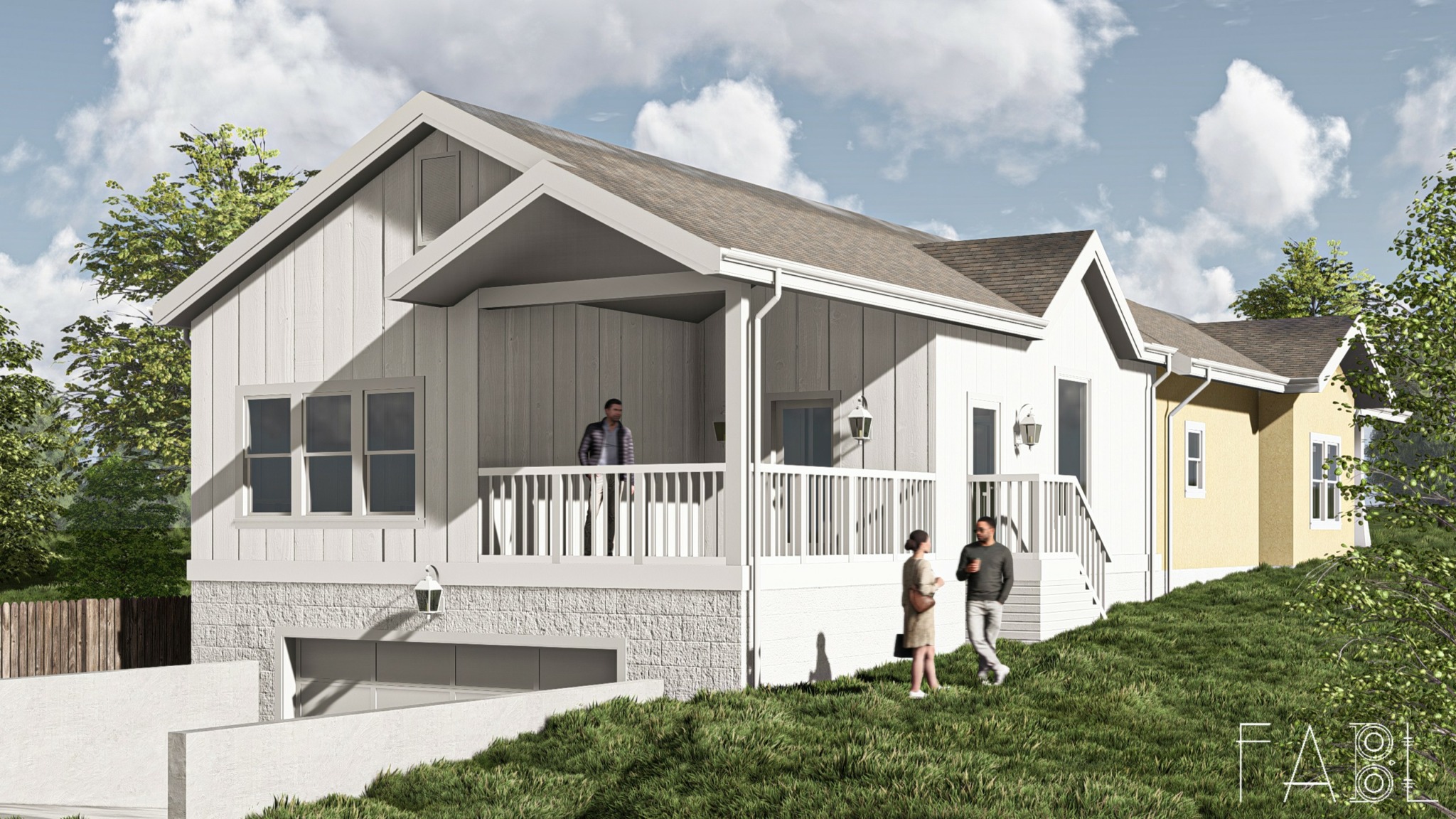
Image Credits
Renderings by Fabl Design


